目次~Table of Contents
Location and History
Yoshimi Clan builds Castle to prepare for Mongol Invasions
Tsuwano Town is located in an intermount basin of Shimane Prefecture, the Chugoku Region. It has an old town atmosphere, sometimes called a little Kyoto in Sanin Area (northern Chugoku Region). In addition, Tsuwano Castle Ruins which is on the mountain, beside the town makes it more impressive. In fact, the town originally came from its castle town.


The castle was first built in 1295 by the Yoshimi Clan, which was sent by the Kamakura Shogunate to protect the area from the possible Mongol Invasions. The invasions historically ended in 1281, but warriors in Japan still expected the Mongolian army might have attacked Japan again. That’s why the clan built the castle on a steep mountain which was just off the Japan Sea. The clan eventually lived in the castle as a local lord for over 300 years. In 1554 of the Sengoku Period, the castle experienced a 110 day siege against the Sue Clan, but did not fall before the truce. The castle was strong enough though it had been all made of soil using natural terrain. After that, the Yoshimi Clan finally followed the Mori Clan, the leader of the Chugoku Region. However, the Yoshimi Clan had to leave the castle with the Mori Clan’s lost of the Battle of Sekigahara in 1600.
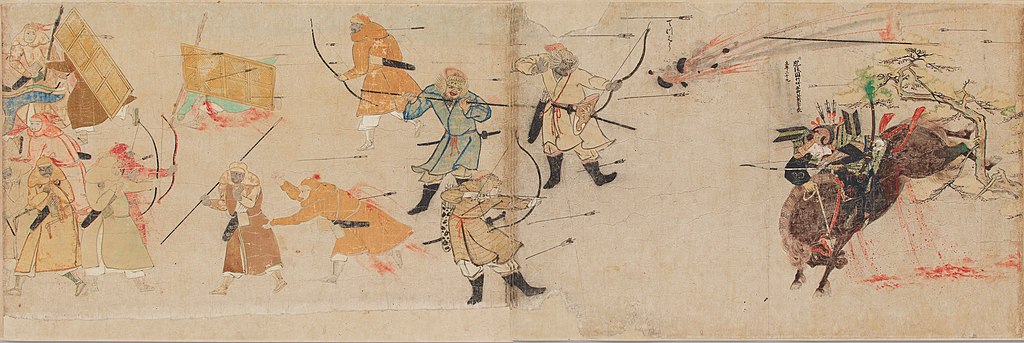
Success and Declining of Naomori Sakazaki
Ieyasu Tokugawa won the battle and sent Naomori Sakazaki to the castle as the founder of the Tsuwano Domain. Naomori who came from the Ukita clan who was the enemy of Ieyasu decided to support Tokugawa because he had a tiff with his own clan. Thus he changed his family name. He modernized and more fortified the castle by building high stone walls, some turrets and the Main Tower in the main portion on the steep mountain. Some other lords at that time often built or renovated their castles on a plain land for the convenience of their government. The reason for Naomori’s decision was said to prepare for possible battles against the neighbor Mori Clan or there was no space for a new castle in the basin. He also developed the castle town, for example, by building waterways to prevent fire and growing carps in them to reduce mosquitos. He also brought paper mulberry trees to the area, which would later create a new industry known as Sekishu Japanese writing paper.
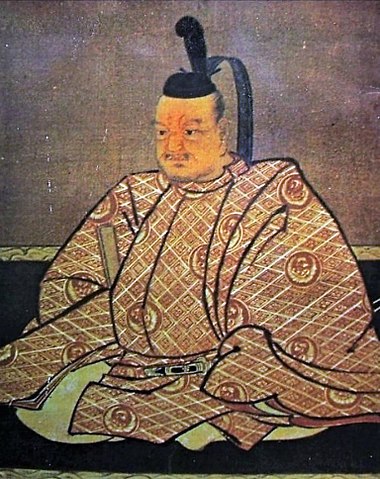
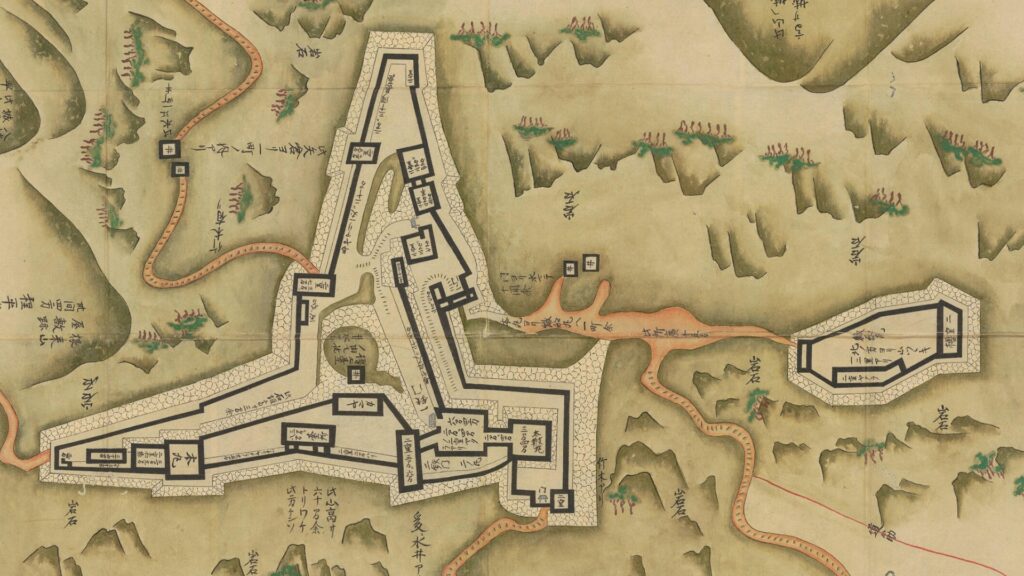
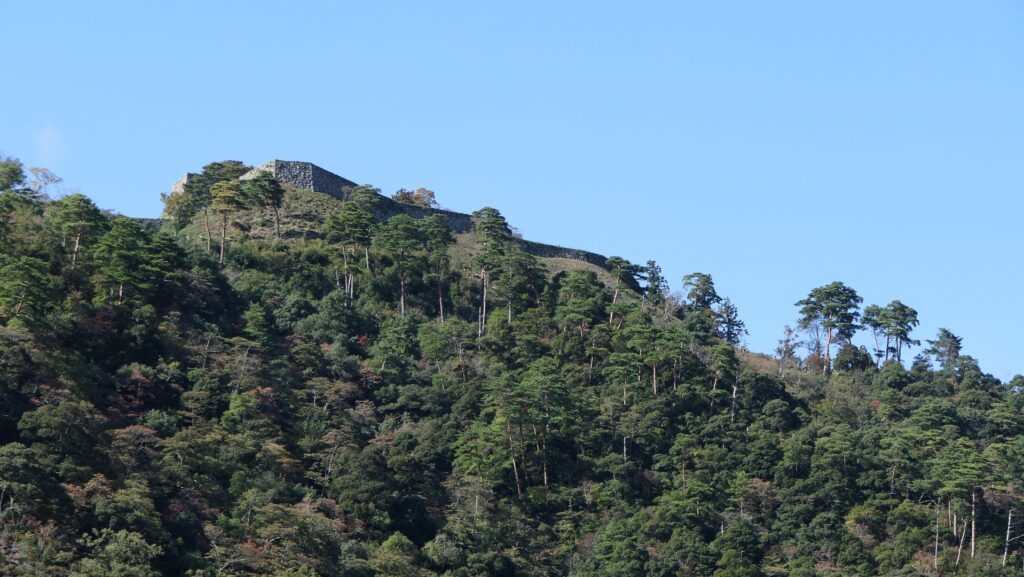
On the other hand, Naomori was an impulsive and monomaniac person. For example, he pursued a relative for 8 years to avenge the death of a person and he didn’t stop until that person got punished. He even sued the Tomita Clan who accommodated that person in the Shogunate Court and was finally fired by the shogunate. However, in the end he brought his own misfortune. In 1615 when the summer campaign of siege of Osaka where the shogunate defeated Hideyori Toyotomi, Naomori joined the Tokugawa shogunate’s side. Hedeyori’s wife, Senhime, who was the shogun’s daughter, was rescued and brought to the shogun by Naomori himself. The next year, a very mysterious incident occurred. Naomori had planned to kidnap Senhime a night before her wedding to one of Tokugawa Shogunate’s senior vassals. The shogunate’s troops surrounded his house but he committed harakiri.
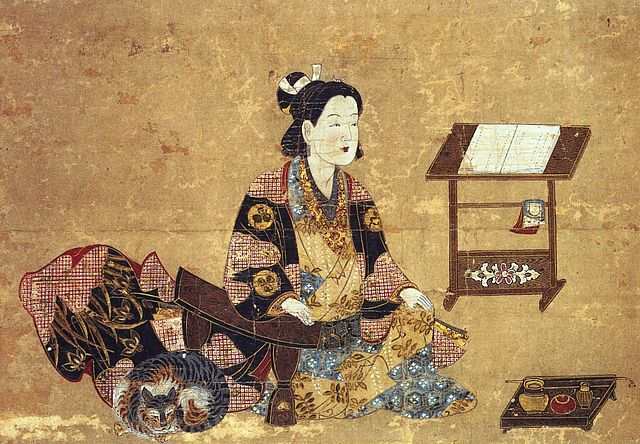
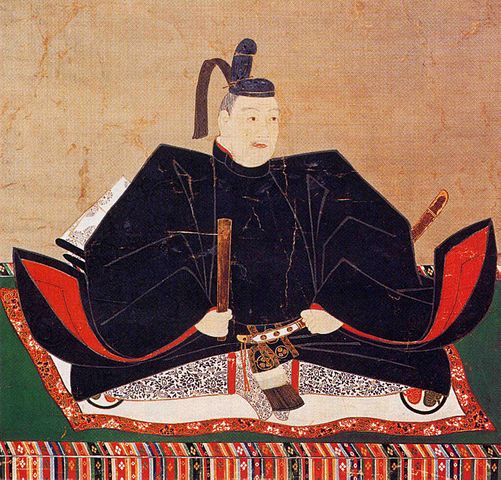
It is quite uncertain why he tried such a foolish action. Some say this was because the founder of the shogunate and Senhime’s grandfather, Ieyasu Tokugawa had promised to marry Senhime with the person who rescued her, but they didn’t do what they have initially promised. Another speculation is that Naomori was asked to find a husband for Senhime because he himself was much older than her. But nothing happened according to his wishes and so eventually he lost everything because of his egoistic tendencies.

Kamei Clan follows Tsuwano Domain and Castle
The Tsuwano Domain was followed by the Kamei Clan, which governed the domain until the end of the Edo Period. Like many other domains, they built the Main Hall at the foot of the mountain for living and the government. They also kept the castle on the mountain, but it was actually very tough. In 1685, the Main Tower and some other turrets were burned down by a lightning fire. Unfortunately, the tower was not restored. The stone walls on the mountain sometimes collapsed due to earthquakes or natural cause because of the steep terrain. As a result, most of the stone walls were repaired or re-plied during the period, but some of them were left that way. In addition, the domain established the domain school called Yorokan to educate the retainers. Many pioneers to modernize Japan in the Meiji Rra came from this school such as Ogai Mori (a novelist) and Amane Nishi (a Philosopher).


















「66.Tsuwano Castle Part1」への4件のフィードバック